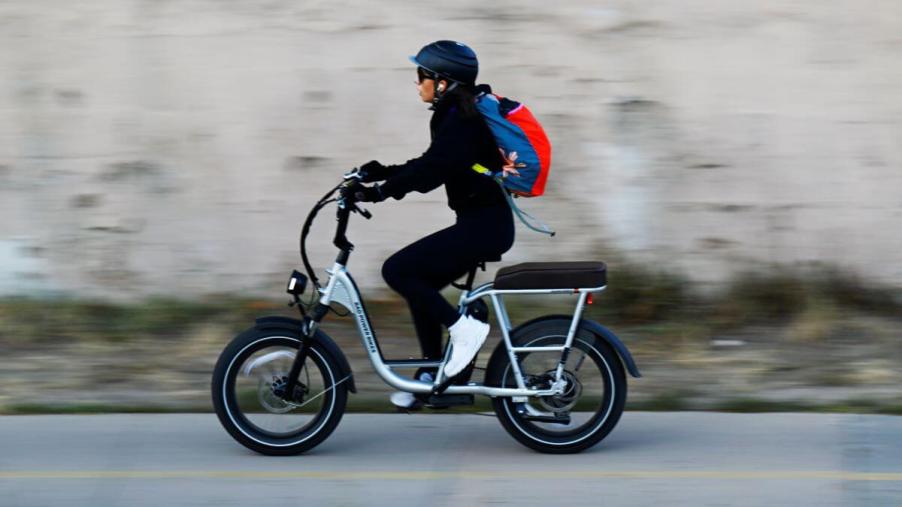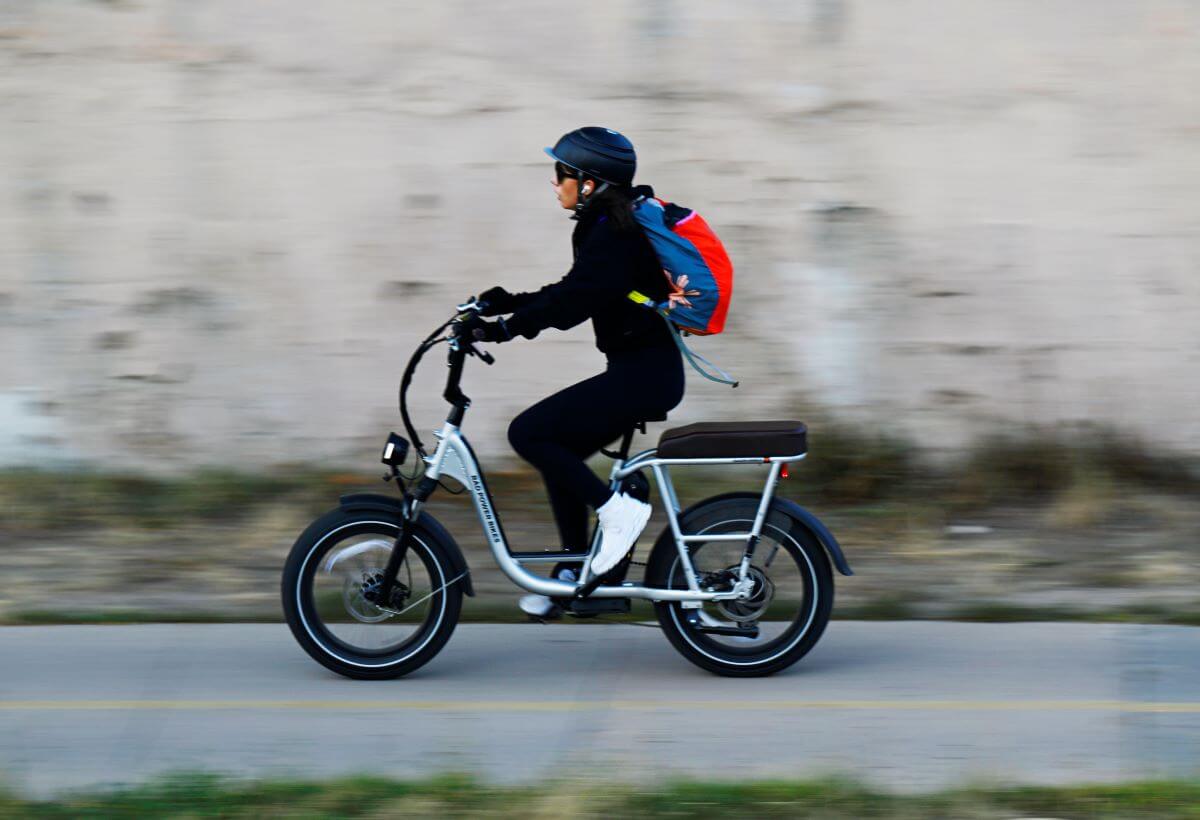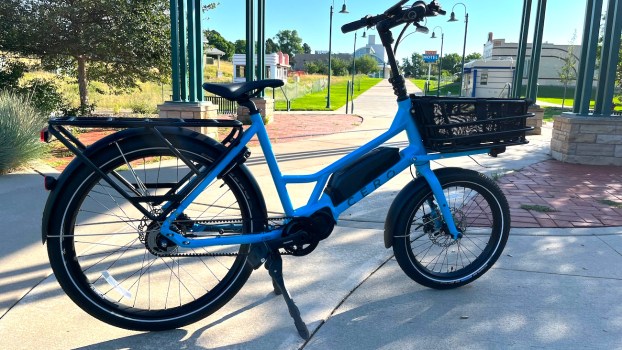
How Fast Can E-Bikes (Electric Bikes) Go?
From EVs to e-bikes, electric transportation methods are on the rise worldwide, offering affordable, swift, and eco-friendly travel. Rightfully so, consumers have many questions about these new methods of electric transportation. Here’s a look at electric bike classifications, regulations, and laws in the United States.
There are three classes of e-bikes
E-bikes have a lot to offer consumers in terms of transportation versatility. However, not all e-bikes are created equally. Regarding electric bikes, there are three tiers of classification, including Class 1, Class 2, and Class 3. According to Bosch, Class 1 and Class 2 contribute to the most commonly owned types of e-bikes among recreational riders.
So, what separates the three various classes of e-bikes? Well, the answer to that question comes down to a combination of speed and power. Electric bikes in the Class 1 tier are considered the least powerful class of e-bikes. A Class 1 e-bike has a top speed of 20 mph and an electric motor that only works while the rider pedals, also known as pedal assist.
The next level up in the e-bike tier system is the Class 2 e-bike which also reaches a top speed of 20 mph. What differentiates a Class 2 electric bike from a Class 1 e-bike is a throttle-actuator motor. Lastly, the Class 3 e-bike is another step up from Class 2 regarding speed and power. While Class 3 electric bikes only have a motor that provides pedal assist, the e-bike can reach a top speed of 28 mph.
What is the speed limit for electric bikes in the United States?

According to E-Bike Generation, various states in the U.S. have adopted PeopleForBikes’ model law which defines and regulates electric bikes under the three-tier system outlined above. These regulations also ensure that no e-bike has a motor greater than one hp or 750W, establishes the speed limit for Class 1 & Class 2 e-bikes at 20 mph, establishes the speed limit for Class 3 e-bikes at 28 mph, and gives riders similar rights and duties of traditional cyclists.
The states that have adopted this three-tier model legislation for e-bikes include Arizona, Arkansas, California, Colorado, Connecticut, Florida, Georgia, Idaho, Illinois, Indiana, Louisiana, Maine, Maryland, Michigan, New Hampshire, New York, Ohio, Oklahoma, South Dakota, Tennessee, Texas, Utah, Virginia, Washington, Wisconsin, and Wyoming. State-by-state e-bike regulations can be found on Quiet Kat.
While each state has its laws and regulations regarding e-bikes, according to Himiway, U.S. Federal Law establishes that Class 3 e-bikes have a minimum age restriction of 16 years old and requires all riders to wear a helmet. Additionally, Class 3 e-bikes are not allowed to travel along standard bike paths due to their ability to reach 28 mph. While some e-bikes can reach 30 mph, riders should always follow the local speed limit rules and regulations.
Power limitations of e-bikes in the U.S.
As outlined above, there are established power limitations for e-bikes throughout the States. No electric bike used in the U.S. is supposed to have a motor greater than 750W or one hp. According to Linky Innovation, e-bikes in the States have some of the highest power limitations in the world. For example, the max wattage of e-bikes in Canada is 500W, with the top speed being 20 mph. The European Union implements similar regulations to Canada with 500W limitations for e-bikes and top speeds of 20 mph.
In comparison, electric bike power limitations in the United Kingdom and Australia are even lower than Canada and the European Union. The United Kingdom and Australia have a max wattage on e-bikes at 250W and a top speed of 15.5 mph.



